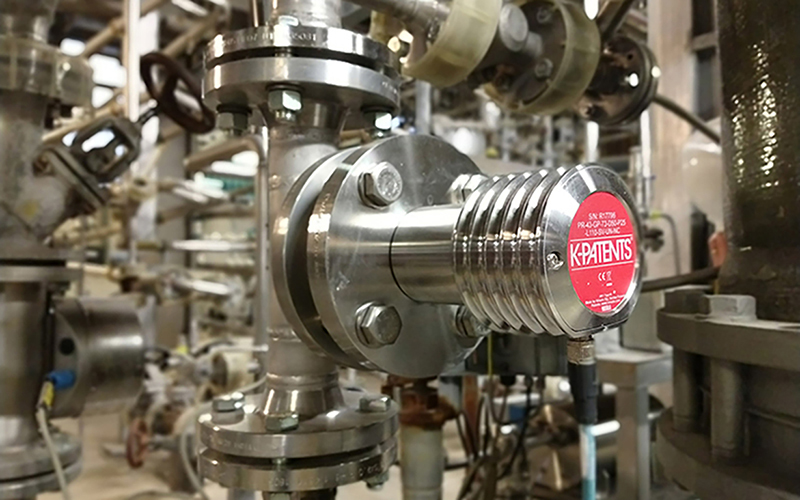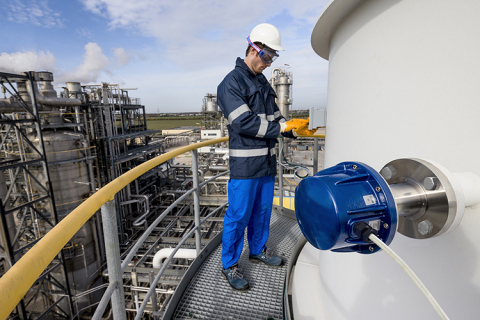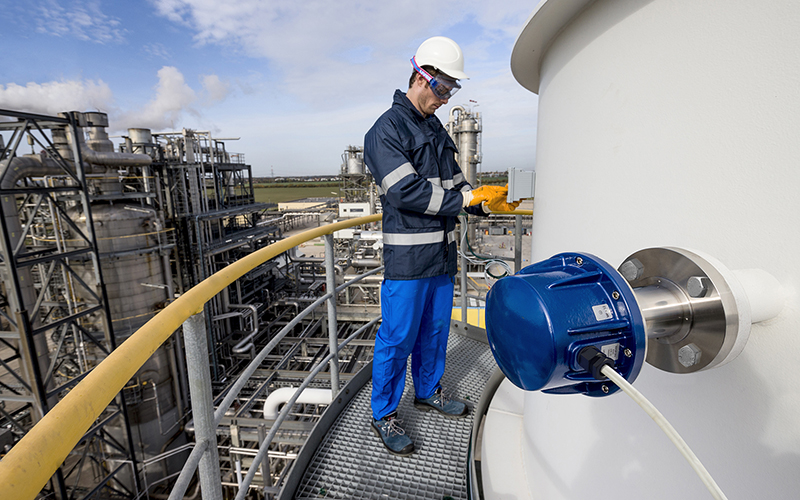Chemistry - Gas scrubber
In production processes, gases often arise that have to be purified before they go to a combustion process and are discharged into the air. This is typically done by bubbling the gas through a liquid and dosing acid or base. These concentrations must, of course, be controlled. Ultimately, the purified gas also needs to be analysed.
Concentration: that's what it's all about.
The concentration of the chemicals in the washing water is important to obtain an optimal efficiency of the washing installation. Depending on the products that are used, different techniques for measuring the concentration are possible.
pH measurement
The most obvious measurement when it comes to acids and bases.
Redox (ORP) measurement
Suitable when oxidising products such as hypochlorite are formed. Can be combined with pH measurement.
Conductance or conductivity measurement
The simplest measurement to determine the total concentration of dissolved substances.
Refractometry
The ideal technique for trouble-free concentration measurement. No influence of gas bubbles or particles in the liquid.
Turbidity measurement
If the concentration is too high or if there is a reaction with the gas, precipitation may occur. If there is too much solid matter, this must also be removed. A turbidity meter is then the best choice.
Gas analysis
The gas, both before and after the gas scrubber, must be monitored. A "probe type" TDL analyser is recommended because the pipe through which the gas flows is usually not very large. Typical gases are: O2, CO2, CO, NH3, HCl, H2S.
More information?






